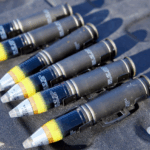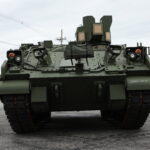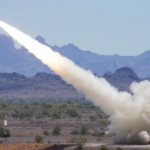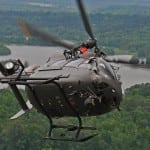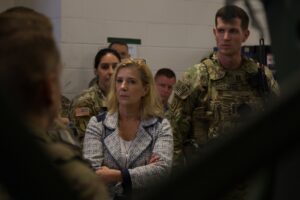
Army Secretary Christine Wormuth on Wednesday laid out a detailed vision for the service’s role in potential future conflicts with China, noting the Army may function “as the linchpin service for the joint force” in the Indo-Pacific theater. Wormuth said she believes much of the discussion on the Army’s role in the Indo-Pacific “has been framed around battles over the defense budget or interservice rivalries,” rather than the key components the service would bring to a potential fight with China.…

 By
By 